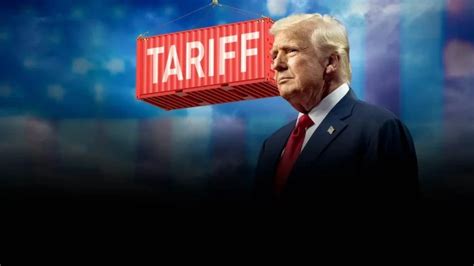CRE Still on Edge Despite Tariff Timeout

A 90-day tariff pause might sound like a win—but for commercial real estate pros, it’s far from a green light.
President Trump’s temporary halt on new tariffs grabbed headlines, but let’s be real: the uncertainty hasn’t gone anywhere. A 10% duty still applies to most imports, and Chinese goods are getting hit with a whopping 125% rate. For developers, operators, and investors, that’s not exactly the clarity we’ve been waiting for.
Construction Feels the Pinch
Construction and development are still stuck in a wait-and-see cycle. Higher materials costs—from steel to fixtures—are already squeezing budgets. And with trade policy still up in the air, lenders and capital partners aren’t rushing to loosen the purse strings.
The result? Slower project timelines, more conservative underwriting, and in some cases, paused deals entirely. For firms in the thick of ground-up development or major rehabs, the tariff pause is like putting a Band-Aid on a leak.
Multifamily’s Silver Lining
Interestingly, multifamily might come out of this looking better than most. If homeownership gets pricier thanks to inflation and rate volatility, we could see even more demand for rentals. That kind of pressure on supply could tighten vacancies and support rent growth, especially in high-barrier-to-entry markets.
So while developers may tread carefully, existing owners of stabilized product could be in a strong position.
Retail and Industrial: Mixed Bag
The outlook is murkier for retail and industrial. Higher costs are making their way into the consumer pipeline, and that’s got implications for everything from logistics planning to foot traffic.
But not all tenants are created equal. Food-based retail and essential goods distribution are holding up. If you’ve got grocery-anchored centers or last-mile industrial tied to basic consumer needs, you’re likely in a better spot than those leaning on luxury or non-essentials.
Still Foggy Ahead
Bottom line: the 90-day pause is helpful, but it’s just a timeout—not a strategy. Until there’s real clarity on long-term trade policy, the commercial real estate world will stay cautious, especially on the development and capital markets side.
For now, it’s about smart underwriting, resilient asset classes, and staying nimble.
Comments
Post a Comment